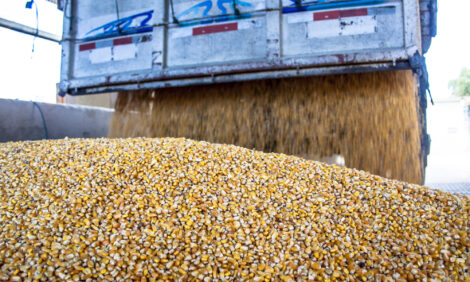



Argentine beef faces shrinking herd, shifting markets - USDA FAS
Production dips as drought and early slaughter biteArgentina’s beef production is forecast to drop to 3.08 million metric tons in 2025—a 3% decrease from the previous year, according to a recent market report from the US Department of Agriculture's Foreign Agricultural Service (USDA FAS).
This downturn follows a reduced cattle slaughter projection of 13.4 million head, driven by an early sell-off in 2024 amid drought and high costs. The country’s herd shrank to 52.37 million, its lowest level in years, due to diminished calving rates and harsh weather conditions. Still, recent rains may help pastures rebound and support a modest recovery by year-end.
Export highs meet a cooler outlook
After a record 845,000 tons of exports in 2024, Argentine beef shipments are set to decline by 9% this year, down to 770,000 tons. A fire at one of the nation’s top processing plants and unrelenting high production costs in US dollars are weighing heavily on the sector. China remains Argentina’s top destination, but its dominance is slipping as exporters target better margins in the US, Israel and emerging Asian markets like Vietnam and Thailand.
Changing tides in trade and policy
The Milei administration’s pro-market reforms—including the repeal of a decades-old ban on live cattle exports—have reshaped the beef landscape. Industry players welcomed the deregulation, hoping it opens new channels. However, local meat packers fear a future cattle shortage. Exporters, meanwhile, are calling for further tax cuts to boost competitiveness against regional rivals like Brazil, where production costs are markedly lower.
Beef at home holds steady—barely
Domestic consumption in 2025 is projected to hover around 2.31 million tons, mirroring 2024 levels. Although Argentines continue to favour beef, economic pressures have chipped away at per capita consumption. Analysts suggest pork and poultry, especially the former, will see more growth in the coming years. With the economy showing signs of life and consumer spending poised to rebound, local prices could start climbing again.
Feedlots and future gains
Feedlots may struggle with high corn prices and fewer calves in 2025, but strong local demand and a thinner slaughter pipeline could support prices for fed cattle. Producers are eyeing backgrounding—adding weight to steers on pasture—as a cost-effective alternative to grain finishing. Boosting carcass weights remains a national goal, as heavier cattle mean more beef per animal and greater processing efficiency. It’s a path Argentina’s beef industry is keen to follow as it adapts to shifting global tides.



